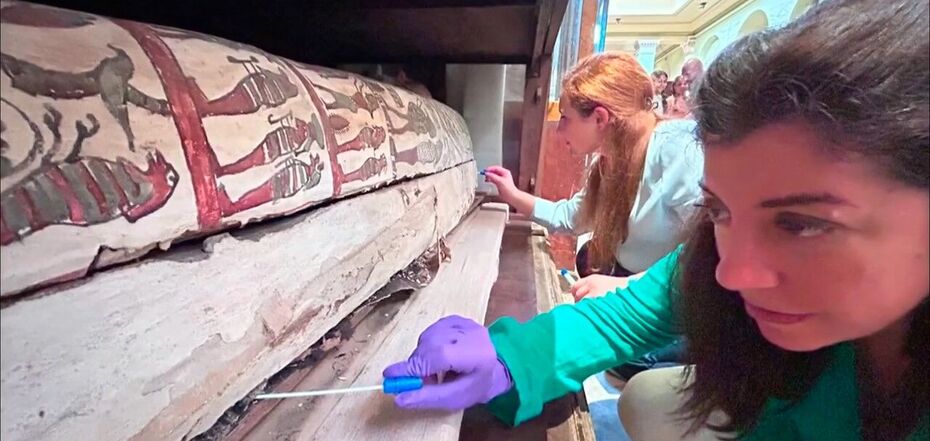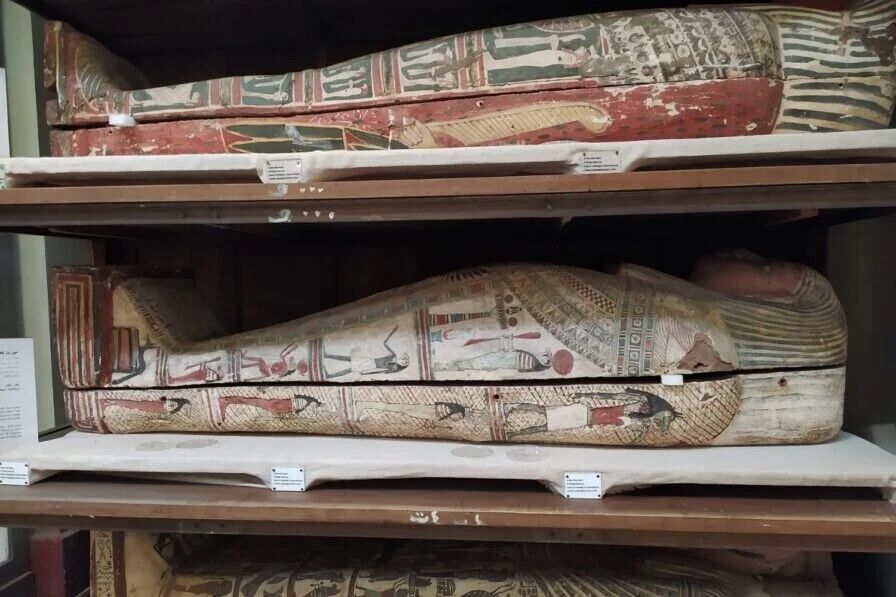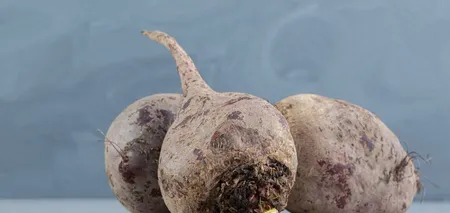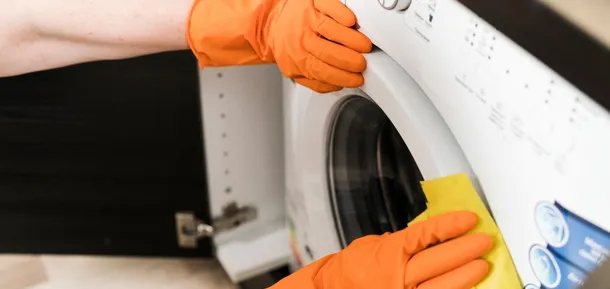News
It's not like in the movies: scientists have found out what mummies smell like
Scientists analyzed the odors of ancient Egyptian mummies. And it turned out that everything is not as horrible as it is shown in movies and described in books.
The researchers found that Egyptian mummies that are well-preserved smell quite pleasant. This study provides even more insight into ancient cultures that had a cult-like process of mummification, AP writes.
"In movies and books, horrible things happen to those who smell mummified bodies. However, we were surprised by their pleasant aromas," said Cecilia Bembibre, director of research at the Institute for Sustainable Heritage at University College London.
"Woody," "pungent," and "sweet" are how an international team of researchers described the key odors of ancient Egyptian mummies. Floral notes were also detected that could come from pine and juniper resins used for embalming, ABCNews notes.
The study used both chemical analysis and a group of people to evaluate the odors of nine 5000-year-old mummies that were stored or exhibited at the Egyptian Museum in Cairo.
"The odor of mummified bodies has attracted considerable interest from experts and the general public for many years, but no combined chemical and perceptual scientific studies have been conducted until now," said Matija Strlič, a chemical scientist at University College London (UCL) and lead author of the study.
"This groundbreaking research really helps us to better plan conservation and understand ancient embalming materials. It adds another layer of data to enrich the museum's display of mummified bodies," she added.
According to scientists, odor was an important factor in the mummification process in ancient Egypt. Pleasant odors were associated with purity and deities, while unpleasant ones were signs of deterioration and decomposition, Gizmodo writes.
"For the ancient Egyptians, mummification was an important funerary practice aimed at preserving the body and soul for the afterlife through an elaborate ritual of embalming the deceased with oils, waxes, and balms," explained Ali Abdel Halim, director of the Egyptian Museum in Cairo and co-author of the study.
Using technical tools to measure and quantify air molecules released from sarcophagi to determine the state of preservation without touching the mummies was like the Holy Grail, said Matija Strlič.
However, Barbara Huber, a scientist at the Max Planck Institute for Geoanthropology in Germany, who was not involved in this analysis, noted that "the odors detected today are not necessarily those of mummification."
"Over the millennia, evaporation, oxidation, and even storage conditions have significantly changed the original flavor profile," she said.
Only verified information is available on the OBOZ.UA Telegram channel and Viber. Do not fall for fakes!






























